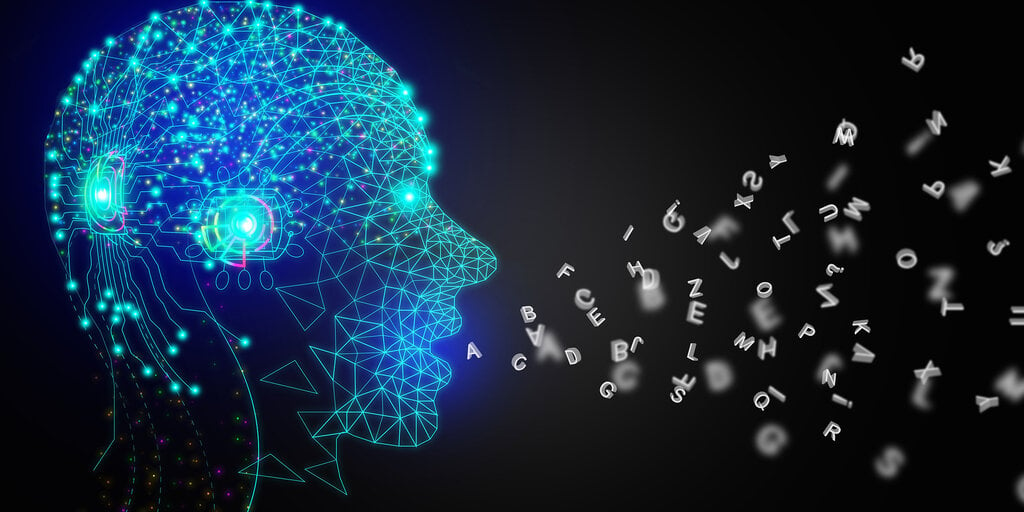Unveiling the Future of Voice Synthesis with VALL-E 2
The realm of artificial intelligence is on the brink of a groundbreaking revelation as Microsoft’s research team introduces VALL-E 2, an AI system for speech synthesis that is transforming the way we perceive machine-generated voices. This new system is making waves with its capacity to produce voices that mirror human accuracy, purely based on a few seconds of audio input. What we are witnessing is not just an improvement but a leap towards real “human-level performance” in voice synthesis.
A Leap Forward from its Predecessor
VALL-E 2 represents the next step in the evolution of neural codec language models. Building upon its predecessor, VALL-E, which was unveiled earlier this year, VALL-E 2 achieves remarkable feats in zero-shot text-to-speech synthesis (TTS). The technology has reached a point where it can boast of achieving human parity for the first time. This means that the voices generated by this AI are virtually indistinguishable from those of actual humans. The underlying technology treats speech as sequences of code, allowing for this unparalleled accuracy in replication.
What Makes VALL-E 2 Stand Out?
What distinguishes VALL-E 2 from other voice cloning technologies is its innovative approach to overcoming the challenges commonly associated with generative voice systems. Through “Repetition Aware Sampling” and an agile capacity to switch between sampling methods, VALL-E 2 ensures consistency and eliminates the irregularities that have plagued earlier attempts at synthetic voice generation. The result is a system that can accurately synthesize high-quality speech, even when dealing with sentences that contain complex or repetitive phrases—a common stumbling block in the past.
A Gift of Voice
Imagine the possibilities VALL-E 2 opens up, particularly for individuals who have lost the ability to speak. This technology could restore their voices, offering them a renewed chance at communication that closely resembles their original speech patterns. Despite its vast potential to change lives, the research team at Microsoft has made a critical decision regarding the accessibility of VALL-E 2. For now, it will remain out of the public’s reach.
An Ethical Stance
Understanding the ethical implications of such powerful technology, Microsoft has made a clear statement. The current stance is to withhold VALL-E 2 from becoming a publicly available product. This is due to the potential risks it poses, such as the possibility of voice imitation without consent, and its potential use in scams and other unlawful activities. The conversation around digital ethics is gaining momentum within the AI community, especially about technologies as convincing and powerful as VALL-E 2.
A Call for Responsible AI Use
In light of these concerns, Microsoft’s research team advocates for a standardized approach to mark AI-generated content digitally. Such measures would help in distinguishing the authentic from the synthetic, although the team acknowledges that accurately detecting AI-generated content remains a significant hurdle. Moreover, protocols are suggested to ensure real-world speakers consent to the use of their voices, alongside models to detect synthesized speech accurately.
Despite these restrictions and ethical considerations, the prowess of VALL-E 2 is undeniable. In comparative studies, it has outperformed humans in the robustness, naturalness, and similarity of the generated speech, all from as little as 3 seconds of original audio—though 10 seconds of input can enhance the quality even further. This places VALL-E 2 at the forefront of speech synthesis technology.
Not Alone in Caution
Microsoft is not the only player in the AI arena facing ethical dilemmas. Other notable AI firms, like Meta and OpenAI, have also developed impressive voice cloning technologies but are similarly mindful of the potential for misuse. Meta’s Voicebox and OpenAI’s Voice Engine, for example, have not been released to the public. This shared cautious approach highlights the larger conversation within the AI community about balancing innovation with ethical responsibility and public safety.
The Path Ahead
As we stand on the cusp of these technological advancements, it’s clear that VALL-E 2 and similar innovations could redefine our relationship with machines. They bring us closer to a future where the line between human and machine-generated content blurs. Yet, as we navigate these exciting possibilities, the call for ethical guidelines and responsible use becomes ever more vital. The AI community, along with regulators, are now tasked with ensuring that as we move forward, we do so in a way that respects privacy, consent, and security.
In this journey towards the future of voice synthesis, the possibilities are as vast as our imagination. However, it is our collective responsibility to steer this technological evolution in a direction that benefits society as a whole, safeguarding against risks and ensuring a safe, ethical progression into the next era of human-computer interaction.
